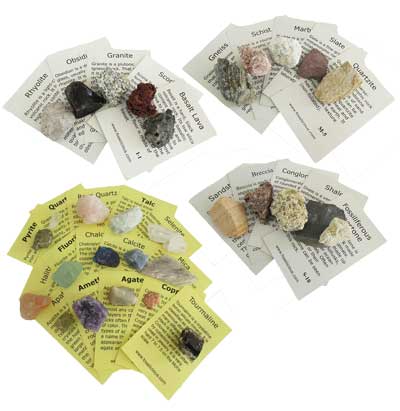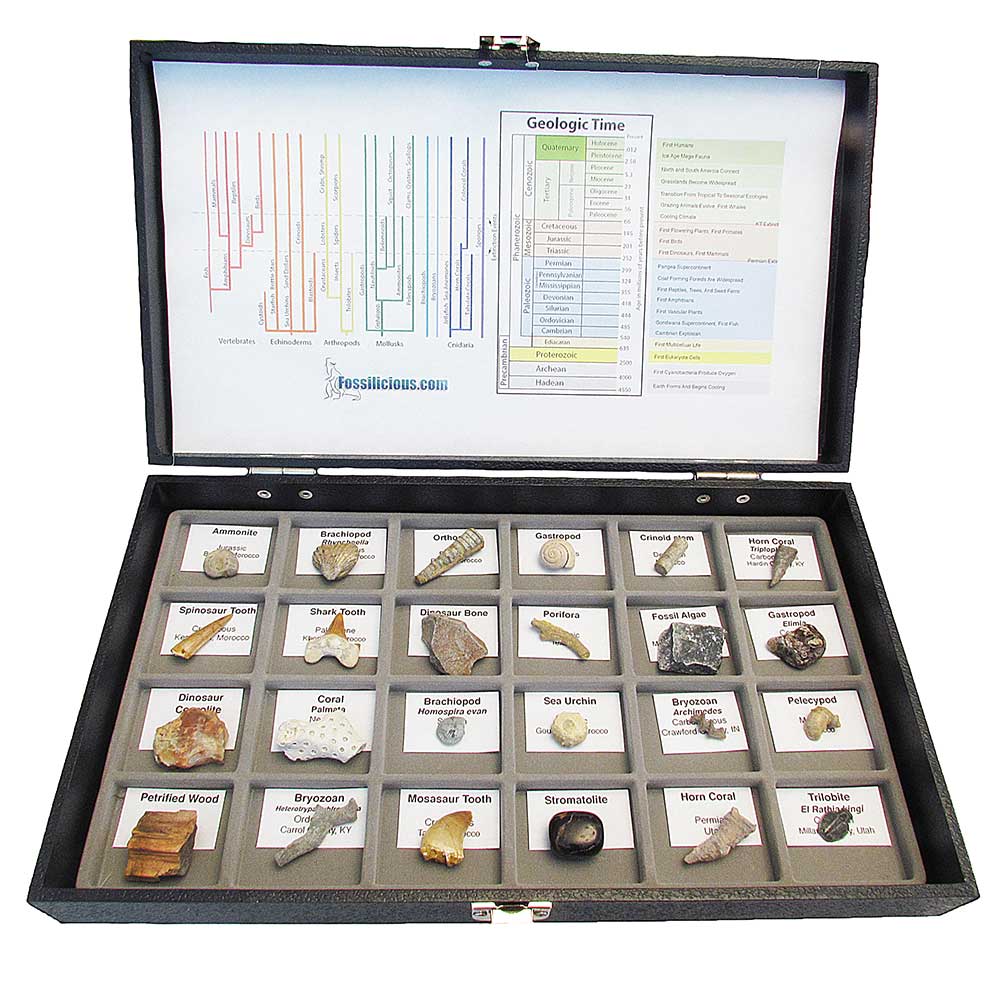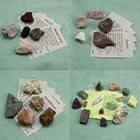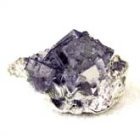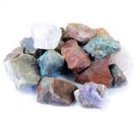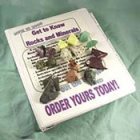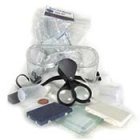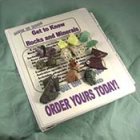Sign up for Lesson Plans, discounts & more!
Copper
A Useful Red Metal
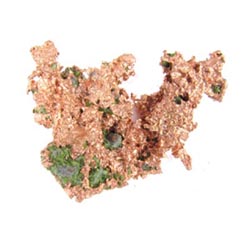
Copper is a soft metallic elemental mineral. It is represented on the periodic table of the elements by the symbol Cu which stands for the Latin word for this red metal, cuprum. It is an excellent conductor of electricity and heat. That makes it very useful to humans.
Today it is used more than ever. We use it especially in electronics, wiring, and piping for our homes.
It is needed by both plants and animals in small quantities as a nutrient. It is also used as a poison especially as a fungicide.
Copper Mining
This
metal is usually mined from large open pit mines. The ore taken from
these mines is usually a form of copper sulfide mostly chalcopyrite or
chalcocite. It is only ½ to 1 percent copper. There are many steps
needed to remove the copper from the ore.
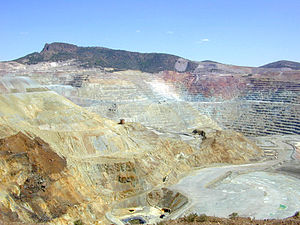
World Production
The
world’s supply of copper is produced by a small number of countries.
While many countries have mines only a few produce significant amounts.
Chile is the leading producer. The United States is the second largest
producer followed by Peru, China, Australia, and Indonesia.
Production In The USA
In the US Arizona, Utah, New Mexico, Nevada, Montana, and Michigan all produce significant amounts of copper.
History of Copper
This
red metal has been used by humans more than 10,000 years! Artifacts
found in Iraq have been dated to 8,700 B.C. In ancient
times copper was used because it was easy to shape and could be made
into pots, pans and containers of all sorts. People have discovered and
used this metal independently in many places around the world. China,
the Americas, the Middle East and Africa All developed copper industries
on their own. The earliest uses involved shaping native copper. Later
the smelting process was discovered. Mixing copper with other metals
greatly increases its durability and many alloys were created, including
brass and bronze.

INTERESTED IN MORE? IF SO, YOU MAY WANT TO CHECK OUT OUR OTHER SITES:
fossilicious.com - Our online fossil and mineral rock shop.
fossils-facts-and-finds.com - An educational site about fossils.
Rocks-Minerals Home |
Earth's Interior |
What Is A Rock? |
Igneous Rocks Metamorphic Rocks |
Sedimentary Rocks | The Rock Cycle
What Is A Mineral? |
Mineral Identification | Mineral Gallery | Rock Gallery
Lesson Plans | Crossword Puzzels |
Birthstones | Rock Links | Site Map
